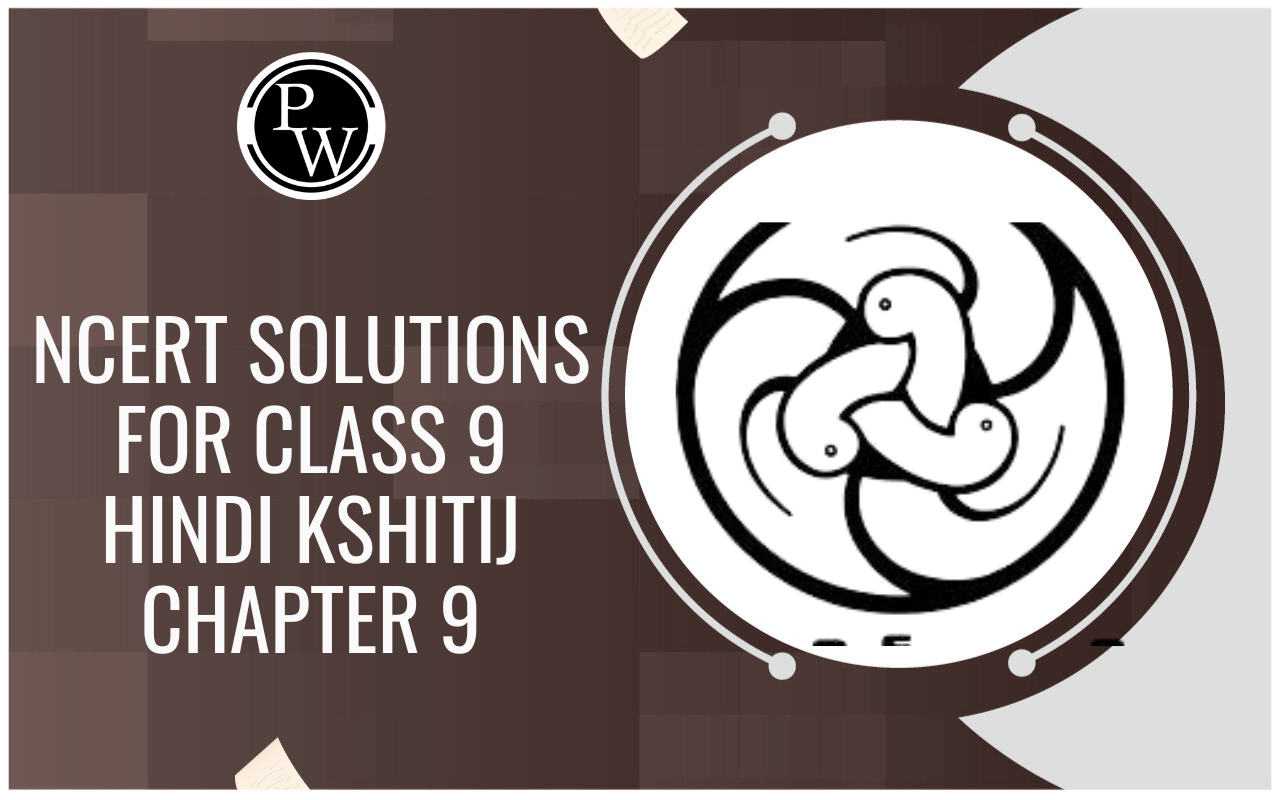
Tissue
Anatomy Of Flowering Plants of Class 11
- A group of cells having similar origin, structure and function is called tissue. Tissues are really formed in response to a basic division of labour. The term tissue was coined by N. Grew (1682).
- Based on the capacity to divide, the plant tissues have been classified into two fundamental types, meristematic and permanent.
- A simple tissue consists of only one type of cells e.g., meristem, parenchyma, etc. while a complex tissue has two or more types of cells e.g., xylem and phloem.
MERISTEMATIC TISSUE
Meristematic tissue, commonly called meristem (Gk. meristos: divisible) is composed of cells which possess the power of cell division. The term 'meristem' was introduced by C. Nageli (1858) for a group of continuously dividing cells.
characteristics of meristems
- Cells of meristems are living and are at active divisional stage.
- The cells are usually small and isodiametric. The cells of cambium are, however, elongated.
- The cells are compactly arranged without any intercellular spaces.
- The cell wall is thin and made up of cellulose.
- Cytoplasm is dense, granular with a central, large and prominent nucleus.
- Vacuoles are either very small or absent. The cells of cambium are, however, vacuolated.
- Metabolic activity is high, so is the rate of respiration.
- Cytoplasm has all the cell organelles, but instead of plastids there are proplastids (elaioplasts)
- Ribosomes are abundant, ER is simple.
classification of meristems
- Meristems have been classified on the basis of origin, position, function and plane of cell division.
|
Basis |
Types |
|
Origin |
Promeristem, Primary meristem and Secondary meristem |
|
Position |
Apical meristem, Lateral meristem and Intercalary meristem |
|
Function |
Protoderm, Procambium and Ground or Fundamental meristem |
|
Plane of cell division |
Rib meristem, Plate meristem and Mass meristem |
🔥 Trending Blogs
Talk to a counsellorHave doubts? Our support team will be happy to assist you!

Check out these Related Articles
Free Learning Resources
PW Books
Notes (Class 10-12)
PW Study Materials
Notes (Class 6-9)
Ncert Solutions
Govt Exams
Class 6th to 12th Online Courses
Govt Job Exams Courses
UPSC Coaching
Defence Exam Coaching
Gate Exam Coaching
Other Exams
Know about Physics Wallah
Physics Wallah is an Indian edtech platform that provides accessible & comprehensive learning experiences to students from Class 6th to postgraduate level. We also provide extensive NCERT solutions, sample paper, NEET, JEE Mains, BITSAT previous year papers & more such resources to students. Physics Wallah also caters to over 3.5 million registered students and over 78 lakh+ Youtube subscribers with 4.8 rating on its app.
We Stand Out because
We provide students with intensive courses with India’s qualified & experienced faculties & mentors. PW strives to make the learning experience comprehensive and accessible for students of all sections of society. We believe in empowering every single student who couldn't dream of a good career in engineering and medical field earlier.
Our Key Focus Areas
Physics Wallah's main focus is to make the learning experience as economical as possible for all students. With our affordable courses like Lakshya, Udaan and Arjuna and many others, we have been able to provide a platform for lakhs of aspirants. From providing Chemistry, Maths, Physics formula to giving e-books of eminent authors like RD Sharma, RS Aggarwal and Lakhmir Singh, PW focuses on every single student's need for preparation.
What Makes Us Different
Physics Wallah strives to develop a comprehensive pedagogical structure for students, where they get a state-of-the-art learning experience with study material and resources. Apart from catering students preparing for JEE Mains and NEET, PW also provides study material for each state board like Uttar Pradesh, Bihar, and others
Copyright © 2025 Physicswallah Limited All rights reserved.
Get App








